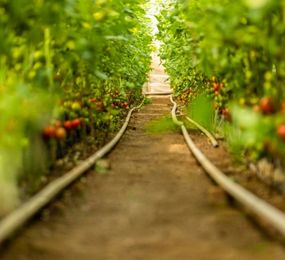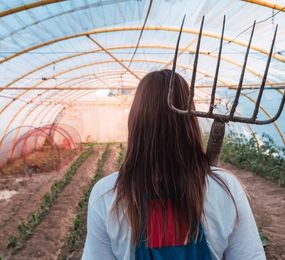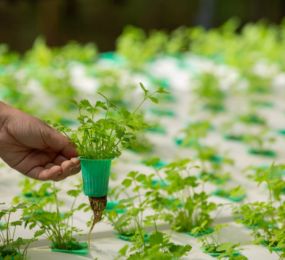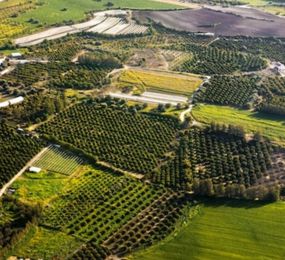AgriVoltaics offers a compelling vision – clean energy generation harmonizing with sustainable food production. However, the success of this approach hinges on a crucial element: selecting the right crops. By understanding factors affecting crop compatibility with partial shade and employing strategic planting techniques, farmers can unlock the full potential of AgriVoltaics.
Understanding Light Requirements:
-
Light Lovers vs. Shade Tolerant: Traditional sun-loving crops like corn or soybeans may struggle under the partial shade created by solar panels. AgriVoltaics thrives with shade-tolerant crops like leafy greens, herbs, berries, and certain root vegetables. Researching light requirements is the first step to selecting compatible crops.
-
Adaptability is Key: Crops with a natural ability to adapt to varying light levels can perform well in AgriVoltaics systems. This adaptability allows them to thrive under the dappled sunlight filtering through the solar panels.
Optimizing Planting Strategies:
-
Row Spacing and Panel Layout: Strategic planning of row spacing and panel layout is crucial. Adjusting row width based on crop light requirements ensures sufficient light reaches all plants while maximizing land use efficiency.
-
Staggered Planting: Planting crops in staggered rows can optimize light penetration. This allows shorter, shade-tolerant crops to thrive in the spaces between taller rows of sun-loving crops planted at the edges.
Embracing Innovation:
-
Data-Driven Decisions: Integrating sensor networks and data analytics into AgriVoltaics projects allows for real-time monitoring of light levels under the panels. This data empowers farmers to dynamically adjust planting strategies and crop selection for optimal performance.
-
Emerging Technologies: Research on shade-modifying films or coatings for solar panels is ongoing. These advancements have the potential to further refine light conditions within AgriVoltaics systems, expanding the range of compatible crops.
By carefully selecting crops and employing strategic planting techniques, farmers can cultivate successful AgriVoltaics systems. This collaborative effort will ensure AgriVoltaics reaches its full potential, fostering a future where clean energy and bountiful harvests coexist in harmony.
To register or learn more about the Forum please check here:http://bit.ly/3kR0v2R.
For more information and group participation, contact us: [email protected]
















